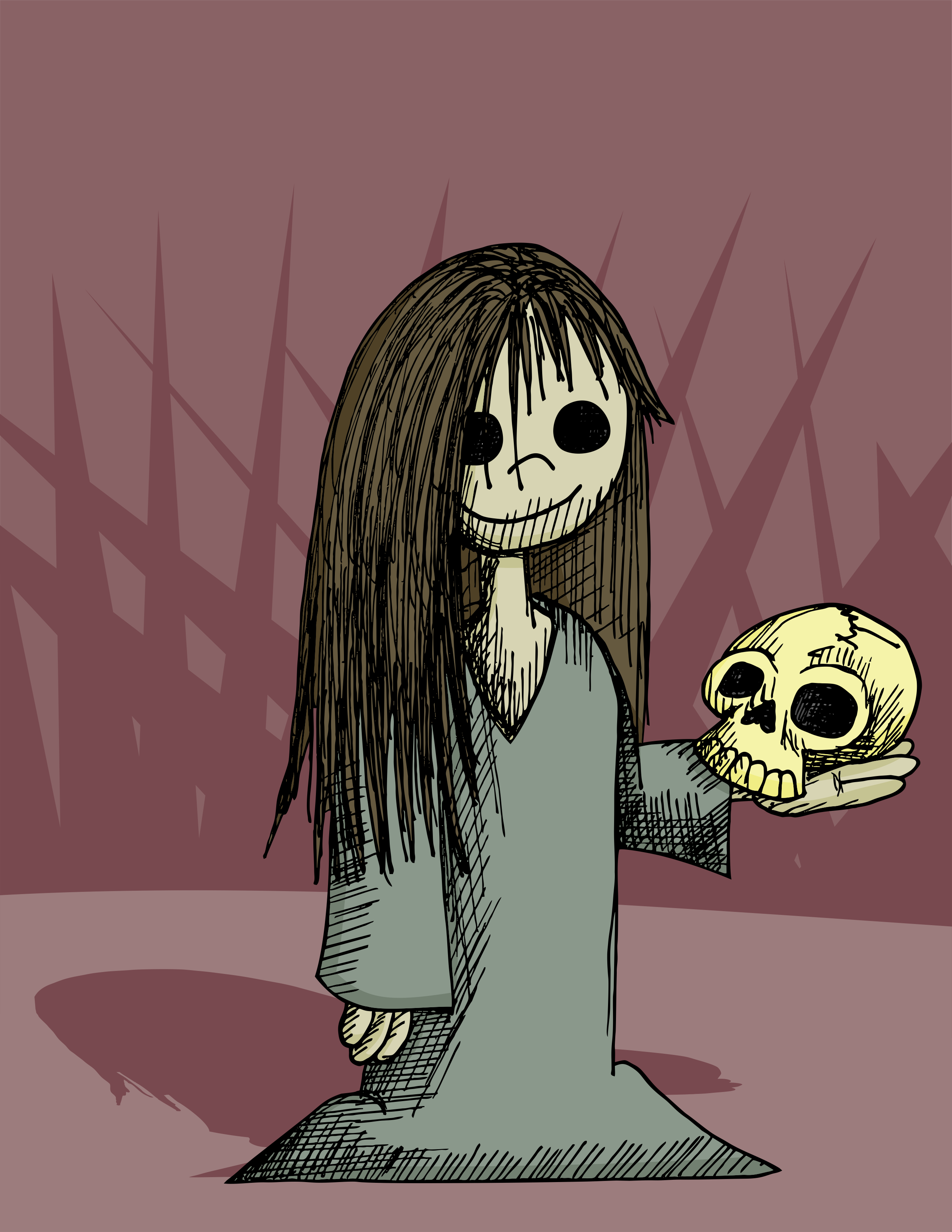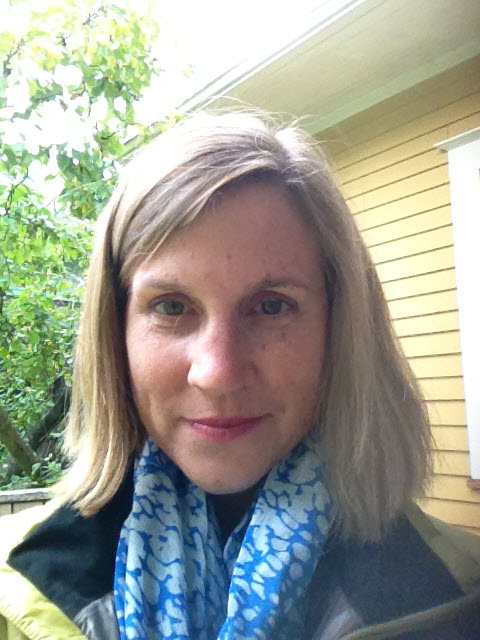 I don’t know what possessed me at age 12 — maybe a demon? — but I forced myself to read The Amityville Horror. I can’t remember much beyond the basic plot (haunted house wreaks havoc on unsuspecting family), but I do remember how scared I was, page after page.
I don’t know what possessed me at age 12 — maybe a demon? — but I forced myself to read The Amityville Horror. I can’t remember much beyond the basic plot (haunted house wreaks havoc on unsuspecting family), but I do remember how scared I was, page after page.
Why did I put myself through that? I wanted to brag to my friends about how I was reading this terrifying book, but how I kept reading it anyway. In the daytime, things like haunted houses and restless spirits didn’t exist. (Middle school was scary, too, but for vastly different reasons.)
Seattle-area writer G.G. Silverman, who is at work on a novel featuring zombies, says she’s been “obsessed with scary books since about the age of 8 or 9. I think for me (and maybe for others) there's definitely a thrill to reading scary books, that release of tension. You can channel your everyday stress and fears into something much scarier . . . That bully at school is nothing compared to ghosts, monsters, or zombies.”
What attracted me to a scary book is what continues to attract children of all ages to books that make them shiver and squirm: Fear, and the ability, through reading, to confront it and cast it aside. As a reader, I found a way to control how scared I wanted to be. Scary stories are part of what makes us readers, and this adrenaline rush of seeking out danger and then stepping away is what makes us return for more.
Once upon a time
The first scary books most kids are exposed to are fairy tales. Our children are weaned on versions of the Brothers Grimm, whose medieval morality tales depended on beasts and innocents facing off in dark forests or malevolent castles. The consequences of these clashes weren’t always pretty, nor were the endings always happy-ever-after.
Contemporary authors, as well as TV producers, have seized on children’s familiarity with fairy tales. Authors such as Adam Gidwitz (A Tale Dark and Grimm), whose middle-grade books pick up from where the Grimms left off, writes, “You see, to find the brightest wisdom one must pass through the darkest zones. And through the darkest zones there can be no guide. No guide, that is, but courage.”
The Grimms would have been put out to pasture if anyone had taken issue with their grim worldview, yet their stories laid the foundation for countless stories written for younger audiences today.
I vant to . . .
Vampires are scary. Dementors, too. R.L. Stine, the author of the best-selling Goosebumps series, said in an interview, “Kids love to be scared, but not too scared. You can laugh at the fear, walk through the fear, [then] put the book down.”
There are multiple reasons why the Harry Potter and Twilight series (and their spawn) captivate young readers. Children connect to the vulnerability of characters. They live vicariously through their potentially fatal challenges. When the books close, they return to their real lives, having survived Voldemort or the Volturi.
Lindsay Knight, Head of Children’s Books for Random House Australia, writes, “Scary stories play an important role in children’s emotional education, allowing them to identify and control their darker feelings — a good coping mechanism. It's a chance for them to experience a really potent fantasy and almost live it, without any of the consequences.”
Something in children’s brains emerges on the other side of a scary book. Call it a new confidence or self-awareness, but it becomes part of how they deal with fear and other traumas going forward.
Boo!
 Halloween celebrates the art of scaring. It’s a double-edged time of year, when children revel in costumes and gorge themselves on candy, yet the ghoulish nature of hauntings and witches and goblins is never far from their minds. With all the treats, sinister tricks lurk nearby.
Halloween celebrates the art of scaring. It’s a double-edged time of year, when children revel in costumes and gorge themselves on candy, yet the ghoulish nature of hauntings and witches and goblins is never far from their minds. With all the treats, sinister tricks lurk nearby.
As parents, we have a responsibility to know the limits of what our children can handle. We don’t want to force them to hear a ghost story if they’re not ready to handle it.
On the other hand, we can’t protect them from their own developing emotions, emotions that need to be explored and managed in the safety of their homes and with the attention of their parents.
Kids are instinctively drawn to scary things because they rely on the continuing safety of the real world. And in the real world, ghosts and monsters don’t really exist. Reading scary stories means visiting places where impossible things are suddenly, temporarily, possible.
Children need to grapple with the range of emotions that fear invites: Anxiety, sorrow, confusion, surprise, anger. A child comes away from a scary story with new tools for managing or controlling their own reactions to fear. A parent’s job is to understand this, to invite discussion, choices, and to make a variety of stories available.
And to always leave the closet light on.
Harrowing Reads for Halloween
Consider why — or why not — your child wants to hear or read scary books. Ask a librarian, a teacher, or another parent for suggestions. There should be no reason to prevent your child from delving into all sorts of creepy subjects and terrifying plotlines. They’re reading. They’re engrossed. Their brains are working it out. It’s a win-win.
Here are two fantastic online resources for finding that perfect fit for your reader:
Monster Librarian
Goodreads’ scary list
 Emily Russin is a former managing editor at Seattle Weekly. She currently provides manuscript and editorial consulting services and is working on a middle-grade novel.
Emily Russin is a former managing editor at Seattle Weekly. She currently provides manuscript and editorial consulting services and is working on a middle-grade novel.









